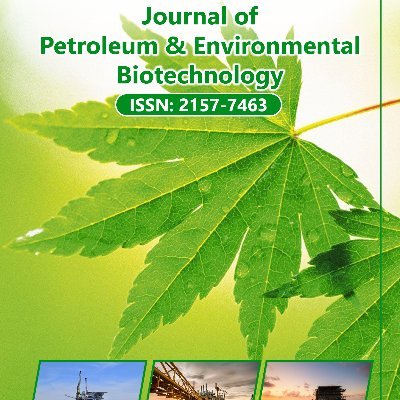Индексировано в
- Open J Gate
- Журнал GenamicsSeek
- ЖурналTOCs
- Китайская национальная инфраструктура знаний (CNKI)
- Библиотека электронных журналов
- RefSeek
- Университет Хамдарда
- ЭБСКО АЗ
- OCLC- WorldCat
- Интернет-каталог SWB
- Виртуальная биологическая библиотека (вифабио)
- Паблоны
- МИАР
- Евро Паб
- Google Scholar
Полезные ссылки
Поделиться этой страницей
Флаер журнала

Журналы открытого доступа
- Биоинформатика и системная биология
- Биохимия
- Ветеринарные науки
- Генетика и молекулярная биология
- Еда и питание
- Иммунология и микробиология
- Инжиниринг
- Клинические науки
- Материаловедение
- медицинские науки
- Науки об окружающей среде
- Неврология и психология
- Общая наука
- Сельское хозяйство и аквакультура
- Сестринское дело и здравоохранение
- Управление бизнесом
- Фармацевтические науки
- Химия
Абстрактный
Оценка методов скрининга для выделения морских бактерий, продуцирующих биосурфактанты
Ренгатаваси Таваси, Шилпи Шарма и Сингарам Джаялакшми
Гемолитический анализ, анализ адгезии бактерий к углеводородам (BATH), анализ коллапса капли, анализ распространения масла, анализ эмульгирования и измерение поверхностного натяжения сравнивались по надежности и простоте использования для скрининга бактерий, продуцирующих биосурфактант. 105 штаммов бактерий были проверены на предмет продукции биосурфактанта. Результаты методов скрининга показали, что гемолитический анализ и анализ BATH не являются надежными методами проверки продукции биосурфактанта, поскольку гемолитический анализ основан на лизисе клеток крови, который может быть вызван соединениями, продуцируемыми микробами, отличными от биосурфактантов. В этом случае гемолитический анализ может включать штаммы, которые не продуцируют биосурфактант. Анализ BATH основан на гидрофобности или адгезии клеток с гидрофобными соединениями. Результаты, полученные в анализе BATH для трех бактериальных изолятов, Branhamella catarrhalis, Citrobacter intermedius и Klebsiella ozaenae, были положительными, но когда те же самые изоляты были проверены на схлопывание капли, распространение масла и измерение поверхностного натяжения, результаты были отрицательными. Это указывает на то, что эти бактериальные клетки либо сами действуют как биосурфактанты (клеточная поверхность), либо у них нет способности производить биосурфактанты. В заключение следует сказать, что анализы на схлопывание капли и распространение масла являются надежными методами скрининга большого количества образцов. Однако для подтверждения в конце можно использовать измерение поверхностного натяжения. Еще одним интересным открытием в этом исследовании стало использование сырой нефти в качестве гидрофобного субстрата для изоляции бактериальных штаммов, продуцирующих биосурфактанты; этот подход может быть полезен во время первоначальной изоляции бактерий, продуцирующих биосурфактанты, для уменьшения количества штаммов, подлежащих скринингу.